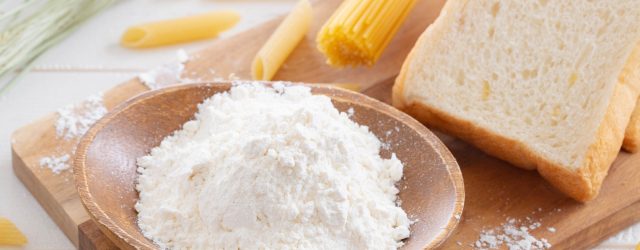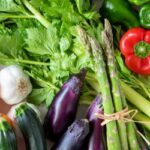
The Food (Amendment) Regulations 2025 has been gazetted on 31 Jan 2025 and will come into operation on 30 Jan 2026. This amendment aims to enhance consumer protection and align with international standards through updated food labelling rules.
As part of this effort, the Singapore Food Agency (SFA) referred to Codex General Standard for the Labelling of Prepackaged Foods (CXS 1-1985) and Codex Standard for Foods for Special Dietary Use for Persons Intolerant to Gluten (CXS 118-1979).
CXS 1-1985(2024) mandates the clear labelling of gluten requiring the specific name of gluten-containing cereals. CXS 118-1979 defines “gluten-free” (not exceed 20 ppm in total) and “specially processed to reduce gluten” foods (above 20 up to 100 ppm) for people intolerant to gluten. In response to the growing demand for products for people with celiac disease and gluten intolerance, this aims to prevent mislabelling risks and enhance consumer protection.
Main points of the amendment (Regulation 250B) related to gluten-free products
- Addition of a clear definition for naturally gluten-free food
- Clear requirements for nutrient replacement
Gluten‑free food or reduced gluten food that is intended to replace any food as a source of any key nutrient (like carbohydrates, protein, fats or essential vitamins and minerals) must contain approximately the same amounts of the key nutrient as the replaced food. - Strict labelling standards
Prepacked foods must not be labelled as “gluten-free”, “naturally gluten-free”, or “reduced gluten” unless their contents fully comply with the applicable definitions. When a package contains both a gluten-free food (including naturally gluten-free or reduced gluten foods) and another type of food, it must not be labelled as “gluten-free,” “naturally gluten-free,” or “reduced gluten.” These terms are only allowed if they’re placed right before or after the name of the specific gluten-free item (including naturally gluten-free or reduced gluten foods) on the label. - Prohibition of the term “special dietary”
A package of naturally gluten‑free food must not be labelled with the words “special dietary”, “special dietetic” or any words of similar meaning.
Comparison with other countries
The U.S. (FDA) defines “gluten-free” as containing below 20 ppm and its labeling is voluntary. The EU (Regulation (EU) No 828/2014) voluntarily regulates “gluten-free“ (no more than 20 ppm) and “very low gluten” (no more than 100 ppm). In Australia and New Zealand (FSANZ), products containing detectable gluten, oats, or malted gluten cereals (or products of such cereals) are not allowed to be labelled as “gluten-free” and gluten-containing cereals must be declared as “gluten”. Health Canada defines “gluten-free” as not exceed 20 ppm. “Low gluten” or “reduced gluten” claims are not acceptable and mandates the labelling of gluten-containing ingredients.
None of these countries have location requirements for labelling or nutritional standards.
Singapore has established a detailed and distinctive framework compared to other countries, introducing requirements for nutrient replacement, label location, packaged food products containing both a gluten-free food and another type of food and a clear definition of naturally gluten-free foods. While the regulation is intended to enhance consumer protection and market transparency, it also poses compliance and adaptation challenges for businesses and the ability to meet regional needs. Its overall effectiveness will ultimately depend on how well the measures are monitored and enforced after implementation.
Share/Like/Follow:
Newsletter Signup
We issue monthly e-newsletters, which provide you with the latest updates on food labeling/regulations in Japan.
If you want to make sure to not miss any issue, please click below.
Related Service
Research Services on Ingredients & Food Labeling -For the Japanese Market-
We verify the conformity of ingredients and additives with the standards for use in Japan based on specifications such as formulation lists. We also verify the conformity of the proposed labeling of ingredient names, nutrients, etc. with the labeling standards based on specifications such as formulation lists.

Label bank Co., Ltd. Regulatory inspections and Consulting Research staff
Born in Taiwan. Specializing in microbiology and immunology, she is engaged in research work on ingredients and additives imported to Japan from overseas, as well as database management for legal search systems, including additive names and standard values.






